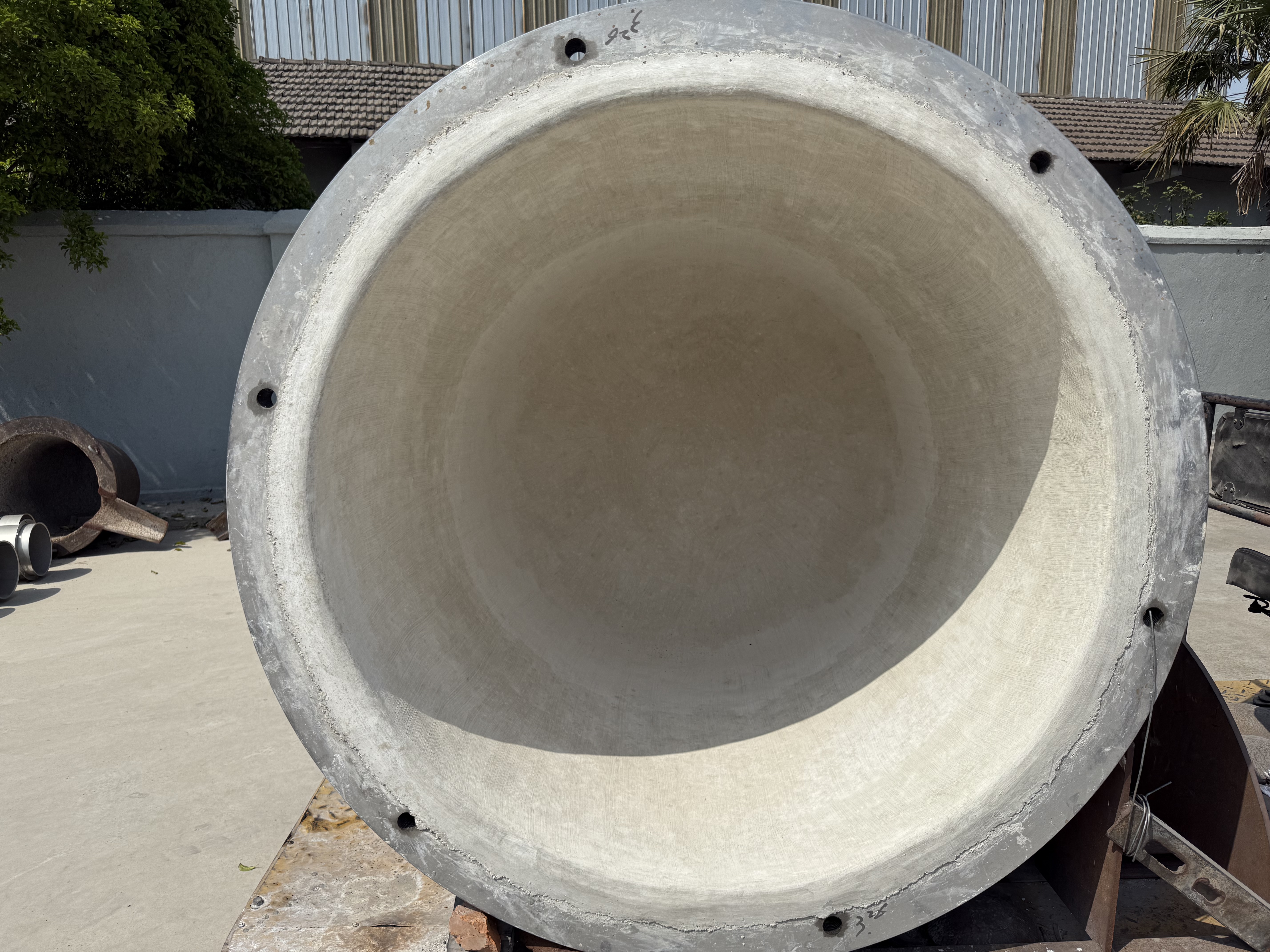lost foam process
The lost foam process, also known as evaporative pattern casting, represents a revolutionary metal casting technique that combines precision with efficiency. This innovative manufacturing method begins with the creation of a polystyrene foam pattern that exactly matches the desired final product. The foam pattern is coated with a ceramic slurry and allowed to dry, creating a refractory shell. The pattern is then surrounded by unbonded sand in a container. When molten metal is poured into the mold, it vaporizes the foam pattern, perfectly replacing it to create the final casting. This process excels in producing complex geometries and intricate internal passages that would be difficult or impossible to achieve with traditional casting methods. The lost foam process has found widespread application in automotive, aerospace, and industrial equipment manufacturing, particularly for components requiring precise internal channels or complex shapes. It enables the production of parts with reduced weight, fewer assembly requirements, and improved performance characteristics. The technology has evolved to accommodate various metals, including aluminum, iron, and steel, making it versatile for different industry needs.
